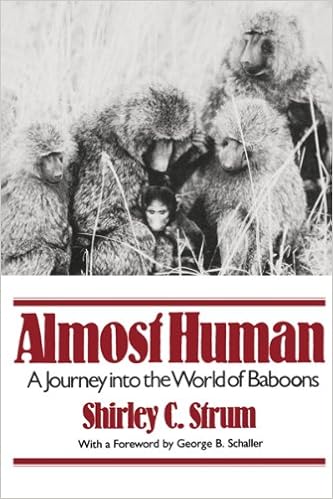Some scientists and anthropologists who have studied animal populations have noticed that when the population of some species becomes too great that some mammals start murdering each other for no good reason. So, I'm thinking that when there are too many people for some people to deal with they go berserk and start killing people randomly. This might be a mammalian response that is a part of the human condition especially for males of the species.
For example, it is common for male lions when they kill the alpha male of the group to kill all his cubs before they make more cubs with his female lions. I'm sure the female lions are upset at this but this happens regularly when there is a fight between alpha males and the older male often dies in the fight for control of the pack of lions.
There are many instances of this in various mammalian groups worldwide so it is possible that this is also true for human mammalian groups as well.
On top of this Covid had made many people crazy or not functional in any social settings anymore. You can see the wild look in many people's eyes now not used to being around any or a large group of humans. Human interactions are often strained after this isolation of many humans from each other and is another factor in the mass shootings. So, mental illness from people being isolated too long without creating some balance in their lives is also a cause in all these shootings as well.
I studied Anthropology at UCSC around 1990. One of the books I read around this time was "Almost Human" which I found very interesting. It was a study of Baboons in Africa that mainly live in trees. However, once in a while they have to move across the savannah as a group in order for the group to have enough food to survive after they have hunted out one area near there big tree or trees that they go up into to hide from lions and other predators to baboons.
One of the most interesting things I studied here in this book was how similar Baboons are to humans in some way regarding their social structure. Teenage baboons would be like scouts or lookouts in the army if they were humans. They take the most risks while the group travels across the savannah and vulnerable to attack by lions and other predators to baboons. You might ask: "Why do teenage male baboons take this risk when they could die by acting as point guards and lookouts for the tribe of baboons?"
Well. It turns out that if they survive this: (much like human soldiers) then they get to breed with the beta and alpha females and to associate with the Alpha males at the center of the pack of baboons traveling across the savannah to another tree or group of trees to take shelter in.
So, I was struck by how alike baboons were in social structure to human tribes and even armies around the world defending their people. If soldiers survive battle they are promoted up the line and eventually have access to beta and alpha females if they live long enough. So, I was very surprised at how alike humans and baboons are in this instance for thousands and thousands of years now.
The point of all this is that studying primates of various kinds in the wilds will teach humans a lot about how they function as a group or groups too historically. By studying various primates one might even be able to predict whether humans can survive this century or centuries to come.
However, in the end overpopulation of humans is the primary cause of Global Climate change which has the greatest likelihood to render humans extinct in this century or the centuries to come if human populations don't reduce enough by the end of this century.
Here is the book I was talking about:





No comments:
Post a Comment